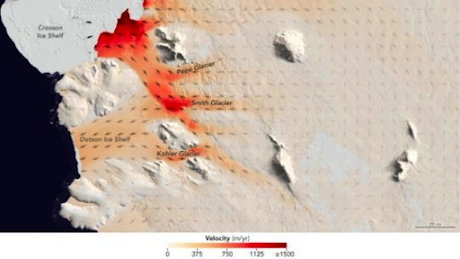I’m a data scientist interested in clean technology - what can I do? Careers in Clean Technology and Data Science continued

Last time, we looked at the skills that someone from a clean technology background would need to acquire to become a full - fledged clean tech data scientist. Today, we’ll take a look at the other side of the balance - if you have a data science background, then how can your skills be applied in the clean technology sector? Someone who is already a data scientist or is in the software field and looking to break into a clean technology industry or company has a very different problem from the clean tech specialist. To start with, your skills are most likely in algorithms, statistics and data engineering. That means that you can code, build prototype algorithms, build hardware/software interfaces if you’re in sensors or robotics and you know how to store and access data. You probably already have a PhD in physics or maths or another engineering domain or maybe a Masters in computer science. So, the data science and engineering skills that the clean tech special...





